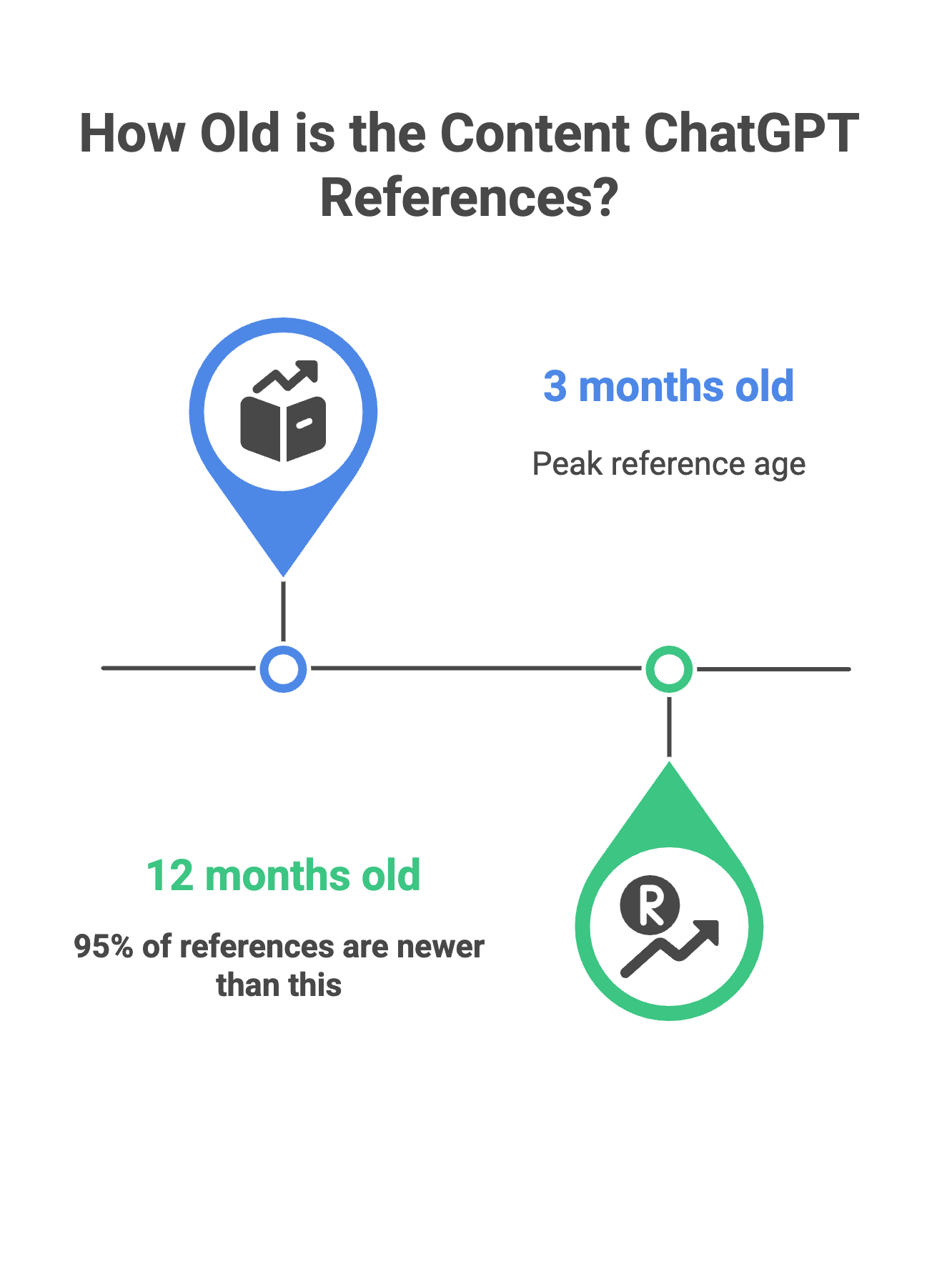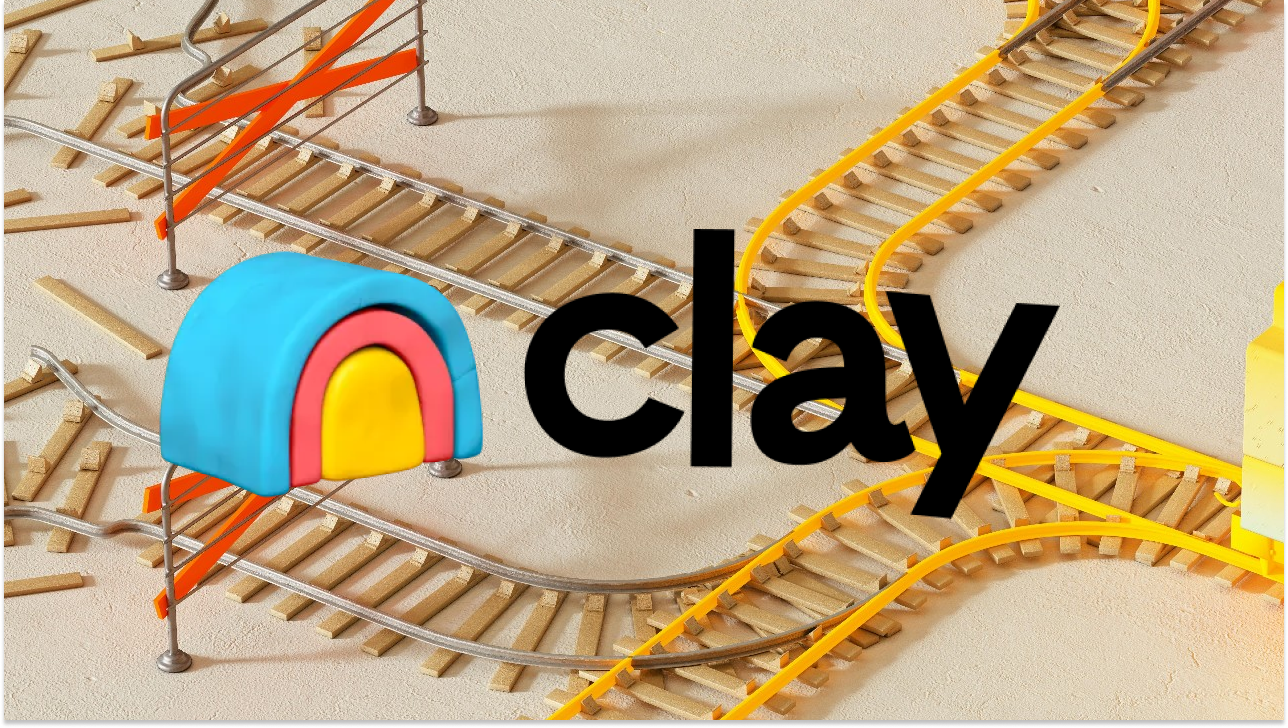Perplexity processes 780 million queries monthly. ChatGPT serves 700 million weekly users. Yet most startups still optimize their content for Google rankings while 29% of B2B buyers have already started their research in ChatGPT, where your carefully crafted pages remain invisible.
The tradeoff facing every founder today is stark. Continue investing in traditional SEO that still delivers traffic but increasingly misses high-intent buyers. Or pivot toward AI discovery optimization, where the rules remain unwritten but early data shows dramatically higher conversion rates.
Webflow discovered this firsthand: their AI-referred visitors convert at 24% versus 4% from traditional SEO. That's a 6X difference in buyer intent.
The asymmetry of modern discovery.
Consider this finding from Profound's analysis of 10 million AI search results: a page with 12 monthly visitors appeared over 900 times in AI responses. Meanwhile, that sleek React-based homepage pulling 10,000 visitors monthly? Completely invisible to AI crawlers.
Web traffic is just a vanity metric. What matters now is whether ChatGPT knows you exist when someone asks for a solution to their problem.
RB2B exemplifies this shift perfectly. Adam Robinson's startup reached $5 million ARR with just six people by focusing on specific solutions that AI engines could find and reference. Rather than competing for broad "visitor identification" keywords, they positioned themselves specifically for "B2B website visitor identification for Slack alerts." This specificity made them the default recommendation in AI responses for their exact use case. The business impact: they achieved profitability without raising capital, proving that precision in AI discovery outweighs reach in traditional search.
Most founders solve yesterday's problems with tomorrow's budget.
The typical Series A startup allocates 25-40% of their funding to growth marketing, according to 2025 Crunchbase data. Within that budget, most still follow the 2019 playbook: paid ads to drive traffic, content marketing to nurture leads, sales teams to close deals. This allocation assumes a linear journey where customers click ads, read blog posts, then enter sales funnels.
But buyer behavior has fundamentally changed. Sales teams report that prospects arrive at calls already knowing pricing, features, and competitive positioning. They've done their research through 15 minutes with ChatGPT, not 15 clicks through your funnel.
This shift demands new strategies. The companies winning today recognize that AI-mediated discovery requires different optimization than traditional search.
Three experiments show how AI discovery is different from SEO.
Webflow generates 8% of their signups from AI chatbots today. Six months ago, that number was zero. The transformation happened through three systematic experiments that reveal how AI engines actually evaluate and recommend products.
Experiment one: content age matters more than you think.
Webflow analyzed 1,000 pieces of content and found something surprising. About 95% of the content ChatGPT references was published within the past 10 to 12 months, with references peaking roughly three months after release. Their evergreen content strategy, designed to compound value over years, was essentially invisible to AI.

The test was simple: take 50 top-performing articles from 2022 and earlier, update half with fresh data and examples, and leave the rest untouched. Then track how often each appeared in ChatGPT, Perplexity, and Claude responses over 60 days.
Results showed up in just two weeks. Updated content started appearing in AI responses, while the untouched articles stayed invisible. One 2021 article on responsive design jumped from zero mentions to appearing in 47 ChatGPT responses after a three-hour refresh.
The impact? Webflow shifted their entire content strategy. They partnered with AirOps to automate refreshes, cutting update time from days to hours and boosting content velocity fivefold.
Experiment two: AI visitors behave completely differently.
Traditional SEO thinking says more traffic eventually means more conversions. Webflow's data told a different story. AI-referred visitors represented less than 2% of traffic but drove 8% of signups, converting 6x higher than organic search (24% vs 4%).
Here's what they found about these visitors: They don't browse around. They look at fewer pages but read them more carefully. They check pricing faster. They're 6xmore likely to start a free trial.
Why? Because they've already done their homework. They arrived with a specific problem ChatGPT helped them define, and they're checking if your solution matches what the AI described.
This led Webflow to create what they call "answer-first" landing pages. Skip the "What is web design?" education. Jump straight to "Here's how to configure responsive breakpoints in Webflow." These pages maintain that 24% conversion rate because they match how AI-educated visitors think.
Experiment three: AI reads the entire internet's opinion of you.
Traditional SEO rewards deep content on your own domain. Build authority through backlinks and comprehensive guides. AI works differently. It evaluates your credibility across the entire web.
Webflow tested systematic expansion across four surfaces over six months:
Reddit conversations: Team members answered 5-10 technical questions daily in r/webdev, r/nocode, and r/webdesign. No product pitches, just helpful answers. Reddit mentions increased 340% and started appearing as context when AI discussed web design tools.
YouTube education: Three videos weekly addressing specific problems people ask ChatGPT about. Titles like "Create responsive navigation in Webflow" instead of "Tutorial #47." YouTube became their second-largest source of AI references within 90 days.
Review platforms: Systematic review collection 14 days after signup when satisfaction peaks. G2, Capterra, and TrustRadius reviews became the social proof AI engines reference when comparing tools.
Industry publications: Technical articles in Smashing Magazine and CSS-Tricks that solved problems, mentioning Webflow as one option. These third-party mentions carried more weight than any self-published content.
By month six, Webflow appeared in 2,500 Google AI Overview responses, 475 ChatGPT responses, 184 Gemini responses, and 158 Perplexity answers. But the quality changed too. Instead of just being listed, AI explained why to choose Webflow, pulling evidence from Reddit discussions, YouTube tutorials, and verified reviews.
The window for AI optimization is closing fast.
Webflow's transformation from SEO-focused to AI-optimized took six months and generated 42% of their non-brand organic signups through the combination of AI and traditional search. Their AI traffic converts at 6x the rate of traditional SEO, fundamentally changing their unit economics and growth trajectory.
Every startup faces this same inflection point today. Continue optimizing for Google while AI platforms reshape how buyers discover solutions. Or implement systematic experiments to establish AI visibility before competitors lock in category positioning.
The constraint isn't technical complexity or resources. Webflow's experiments required no new technology, no significant budget, and could be executed by existing teams. The constraint is recognizing that buyer behavior has already shifted and traditional metrics no longer capture actual discovery patterns.
Your content strategy determines whether AI engines recommend you or your competitors. The fragments of information AI has indexed about your product are already shaping recommendations. The only variable you control is whether to actively improve that presence through systematic testing or let it develop randomly.
The playbook exists. The data proves its effectiveness. Companies implementing these GEO (Generative Engine Optimization) strategies today will own tomorrow's distribution channels. The question isn't whether to optimize for AI discovery but whether you'll move fast enough to claim your category before competitors do.
Frequently asked questions
Q: Do I need to choose between SEO and AI optimization?
No. Webflow's data shows the combination drives 42% of their non-brand organic signups. The strategies complement each other. SEO still delivers volume while AI optimization captures high-intent buyers. Start with AI optimization for your highest-converting pages, then expand. The key is recognizing they require different approaches.
Q: How do I know if AI is already sending me traffic?
Most analytics platforms don't separate AI traffic from standard organic yet. Look for these patterns: visitors who land directly on deep product pages, spend more time on fewer pages, and convert at unusually high rates. Set up UTM parameters for any content you specifically optimize for AI, and survey new customers about their discovery process. About 30% will mention ChatGPT or Perplexity if you ask directly.
Q: Our content is mostly from 2022-2023. Do we really need to refresh everything?
Start with your top 10 converting pages. Webflow's data shows 95% of AI references come from content under 12 months old, but you don't need to refresh everything at once. Focus on pages that answer specific technical questions or compare solutions. A three-hour refresh of a high-value page can generate dozens of AI citations within weeks.
Q: We're a B2B SaaS at $5M ARR. Is this relevant for us or just bigger companies?
This is actually ideal for companies at your stage. RB2B reached $5M ARR with just six people by optimizing for AI discovery. You can move faster than enterprises stuck with legacy SEO strategies. The experiments Webflow ran required no new technology or significant budget. Your size is an advantage here.
Q: How long before we see results from AI optimization?
Webflow saw updated content appearing in AI responses within two weeks. Reddit mentions started influencing AI context within 30 days. The full multi-surface strategy took six months to show compound effects. But unlike SEO, you don't need domain authority built over years. Fresh, specific content can rank immediately in AI responses.
Q: What's the one thing we should do first?
Test your product in ChatGPT, Perplexity, and Claude today. Ask the questions your buyers would ask. See what they recommend. If you're not in the response, take your best-converting page and refresh it with current data, specific examples, and structured Q&A sections. You'll likely see it referenced within two weeks.



